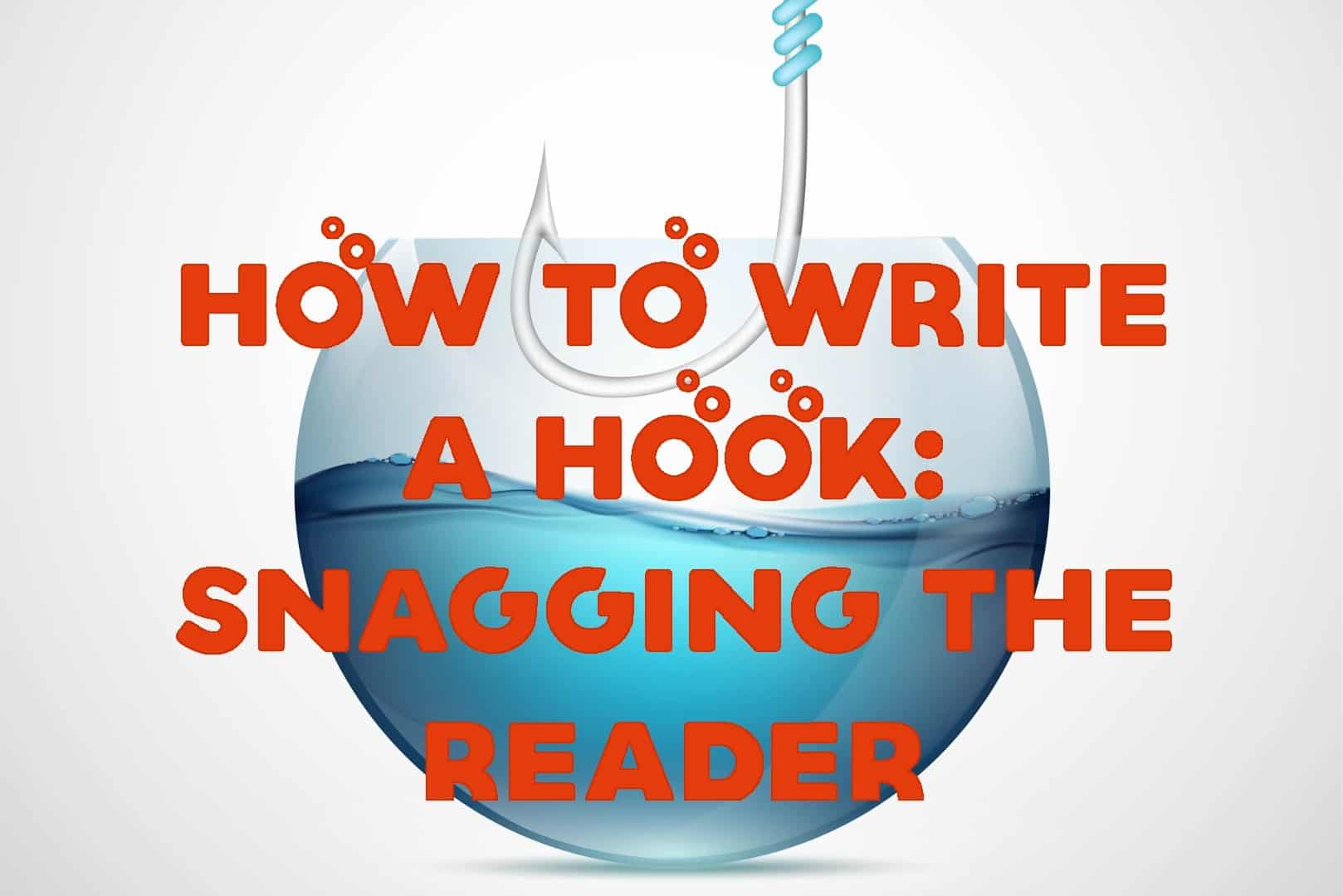
How To Write a Hook: Snagging the Reader


Bad news, everyone: Attention spans are officially dead. Time of death is unknown, and no one has the attention span to research and find out. RIP. If you’ve absorbed anything online in the last decade, you know most of what we read and watch targets a demographic with dwindling focus. This trend means only the most gripping content finds an audience, and only those who know how to write a hook can capture readers. Will your catchy phrase actually engage people? The only guarantee is that content writers who don’t use hooks don’t keep readers.
3 Ways To Write a Hook That Hits
Wrangling the attention of an audience that lacks focus is tough. To get the job done, consider one of the following tactics.
1. Hook With a Quote
“The human mind is a fragile mess, as easy to hook as it is difficult to hold.” – Evan Gaustad, author of this article
For a brief moment, you thought those words were brilliant and coined by a very smart person. But it was just me! That’s a bunch of meaningless drivel, but you were so engaged! You saw the quotation marks and the italics and thought, “There is wisdom in these words. I shall read on.”
Aside from our instinctual fascination with quotes, using the words of a trusted voice lends credence to your work. A good quote supports your argument and usually ensures readers will at least go as far as to see who said the words you’re citing.
2. Hook With a Question
Opening with an inquiry doesn’t pose the same visual hook as a famous quote, but the bait can be just as effective. The hard part is coming up with a question that readers want to see answered. Here are some possible directions:
- Strange question
- Funny question
- Terrifying question
I dislike the last option. It’s what news shows do right before cutting to commercial:
“Are the pans you cook with made out of Ebola? Tune in at 11 to find out.”
This definitely gets people’s attention, but it might also cause grandpa to throw out all his cookware. Take care when posing questions that are frightening or disingenuous.
Tongue-in-cheek questions might serve you better when deciding how to write a hook. Even if your topic is a serious one, you can still approach it from a weird angle:
“Is my mutual fund manager just a thief in a suit?”
The answer, obviously, is no. Still, if the article aims to highlight some people’s concerns about mutual funds, this question is an interesting, quirky place to start. Even if readers know the answer, they’ll still want to see how that answer gets delivered.
3. Hook With a Fact
Did you know the phrase “by hook or by crook” originated in the 14th century? That information has no place in this article, but it is true. Now you’ll keep reading to see what other tidbits I have to offer.
If you start with a true and fascinating fact, most readers will want to know more. For example, I just Googled “interesting facts” and learned that the first oranges were actually green. My mind is blown, and I’ll spend the next few days reading every article ever written about this deceitful fruit.
As much as we have trouble staying focused these days, our attention sharpens when presented with something that piques our interest. Your content marketing also gains credibility when you include statistics and well-researched details.
There are no universal truths for how to write a hook. This gives you license to hook readers by whatever means necessary, but it also means you have to put serious thought into how you go about it. The tactics above provide a jumping off point, but the rest is up to you.
If you want to practice your hook-writing skills, have at it in the comments below!
- SEO Content Writing vs. Creative Content Writing - April 8, 2023
- 10 Content Curation Tools You Really Should Use - October 6, 2022
- 7 Simple Ways To Get Writing Inspiration - May 12, 2022

